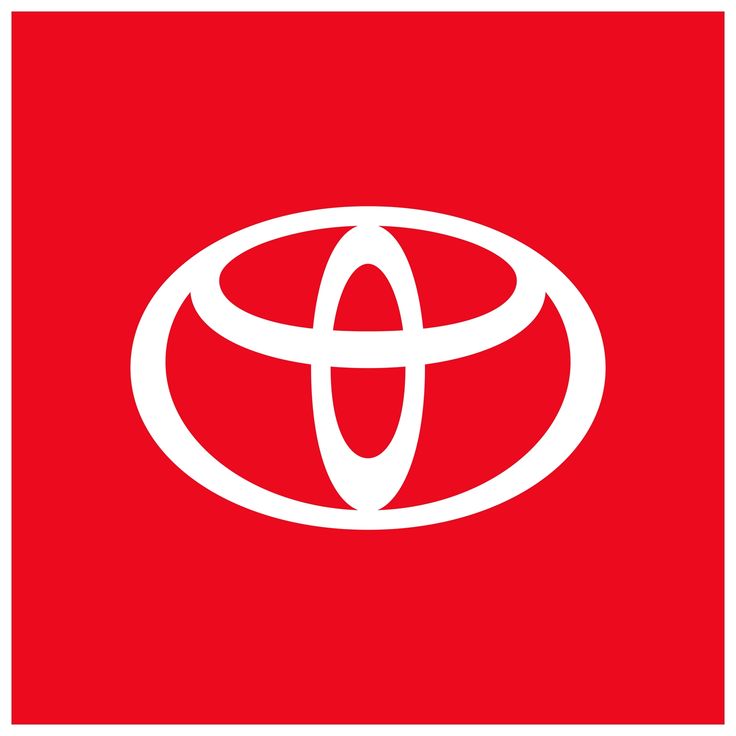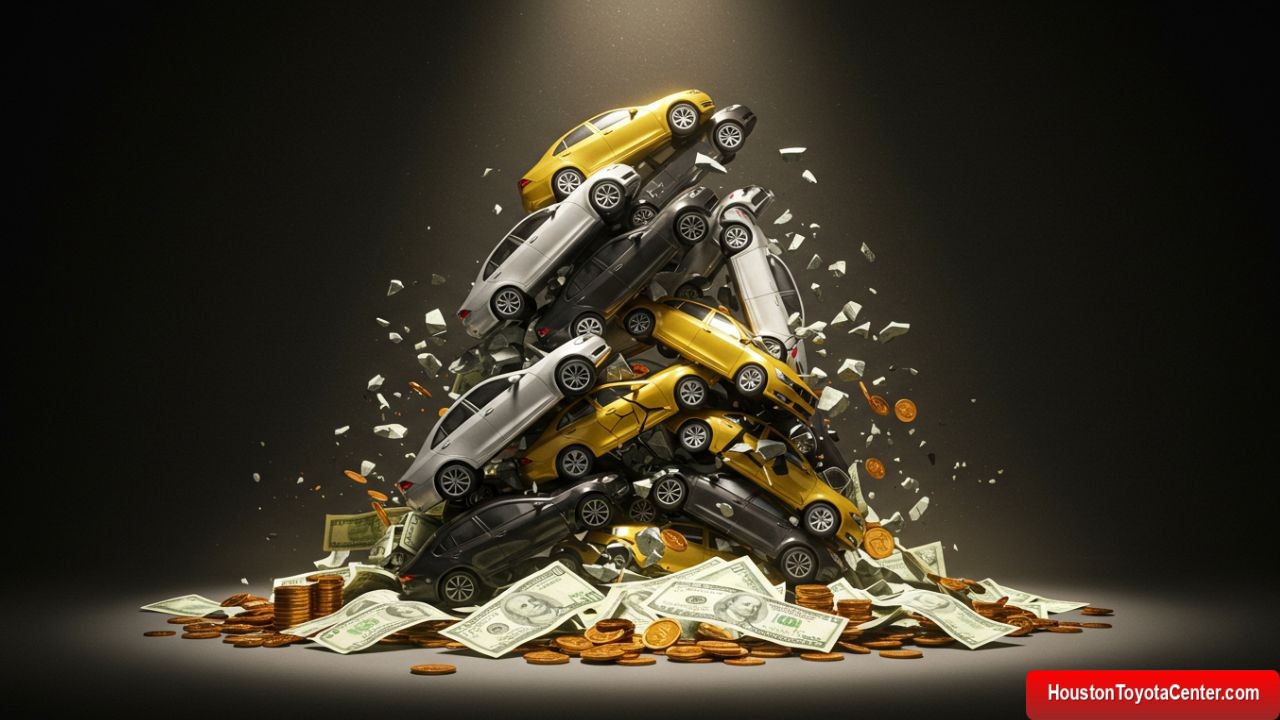The Seasonally Adjusted Annual Rate (SAAR) for U.S. light-vehicle sales plummeted to 15.3 million units in June, marking the steepest month-over-month decline since the supply chain crisis of 2021. This dramatic 11.5% drop from May’s 17.3 million SAAR signals a brutal market correction as temporary tariff-related demand surges evaporate and structural economic pressures converge on the auto industry.
Section 1: Anatomy of the SAAR Collapse
The Tariff Effect & Artificial Demand Spike
- Pre-Tariff Panic Buying: Import tariffs announced in April 2025 triggered a 90-day 20% surge in sales of affected vehicles (primarily Asian EVs and European luxury models). This created a “borrowed demand” scenario where Q2 sales pulled forward an estimated 300,000–400,000 units from H2 2025.
- Post-Deadline Payback: With tariffs taking effect June 1, showroom traffic for targeted brands collapsed by 18–35% month-over-month. Luxury EV segments were hardest hit, with Tesla and BMW i-series registrations down 42% combined.
Economic Headwinds Intensify
- Interest Rate Stranglehold: Average new auto loan rates hit 8.6% in June – the highest since 2001 – adding $145/month to typical payments vs. 2022. Subprime approvals cratered to 12.5% of applications (down from 22.1% in 2023).
- Inventory Glut Emergence: Dealer stocks ballooned to an 86-day supply (vs. 52 days in May), forcing manufacturers to reinstate rebates averaging $2,850/vehicle – a 180% increase from Q1.
Table: June 2025 SAAR Breakdown by Segment
FREE: Quickly identify and understand problems with your vehicle 🚘
CLICK HERE| Vehicle Segment | SAAR (Units) | MoM Change | Key Influences |
|---|---|---|---|
| Full-Size Trucks | 2.91M | -7.2% | Fleet demand slowdown |
| Luxury EVs | 0.87M | -42.1% | Tariff impacts, leasing collapse |
| Economy ICE Sedans | 3.12M | -3.8% | Relative stability, rental fleet orders |
| Hybrid SUVs | 4.05M | -9.3% | Production constraints easing |
Section 2: The Tariff Domino Effect
Unintended Consequences Emerge
The “targeted tariffs” designed to boost domestic EV production instead triggered:
- Used Car Market Inflation: Prices for tariff-impacted models rose 14–22% in May-June as buyers sought alternatives, distorting the entire pre-owned ecosystem.
- Manufacturing Whiplash: Toyota and Honda abruptly reduced North American shifts in late June despite tariff exemptions, signaling demand destruction spillover.
- Geopolitical Fallout: The EU accelerated retaliatory battery material tariffs, threatening $7,500 EV tax credit eligibility for U.S.-assembled models using European components.
Dealer Profitability Crisis
- Front-end gross margins on new vehicles compressed to 4.8% (down from 8.2% in 2022)
- Floor plan expenses surged 31% year-over-year as interest rates and aging inventory converged
- Major publicly traded dealer groups revised Q2 earnings guidance downward by 18–25%
Section 3: Regional Divergence & Market Fragmentation
Sunbelt Resilience vs. Coastal Collapse
- Texas/Florida/Arizona: Combined sales down only 5.3% MoM, buoyed by ICE truck/SUV demand
- California/Northeast Corridor: Sales plummeted 16.8%, with EV share dropping below 18% for the first time since 2021
Manufacturer Performance Chasm
- Hyundai-Kia: Outperformed market with 8.4% MoM decline, leveraging tariff-exempt hybrids and aggressive leasing
- Stellantis: Hit hardest with 23.1% MoM drop as Ram pickup inventories hit 122-day supply
- Tesla: Registrations fell 38.7% despite price cuts, exposing brand’s vulnerability to credit tightening
Section 4: Consumer Psychology Shift
The Affordability Breaking Point
- Average new vehicle transaction price hit $48,320 in June
- 73% of consumers now report delaying purchases due to payment shock (up from 58% in Jan 2025)
- Leasing penetration fell to 19% of sales (down from 28% in 2022) as residuals weaken
EV Adoption Roadblocks
- Non-Tesla BEV consideration fell to 12% in June surveys (down from 18% in 2023)
- Charging anxiety (38%) and insurance costs (27%) now outpace range concerns as primary barriers
Section 5: The Path Forward
Near-Term Market Realities
- H2 2024 SAAR Forecast: Revised downward to 15.1–15.7M range
- Permanent Incentives Return: Expect 0% financing deals by Q4 as Detroit Three address truck glut
- Used Car Collateral Damage: Off-lease tsunami will push used prices down 10–15% by December
Strategic Imperatives for Automakers
- Cost Structure Overhaul: Ford’s new $2B cost-cutting initiative signals industry-wide reckoning
- Platform Rationalization: GM’s move to cancel 3 of 12 planned Ultium EVs reflects new pragmatism
- Dealer Model Reinvention: Agency sales gain traction as Honda accelerates direct sales pilot
Policy Intervention Risks
- Fed rate cuts before 2025 remain unlikely despite auto industry lobbying
- “Tariff adjustment” talks quietly underway but face mid-2026 implementation timeline
Conclusion: The Great Rebalancing
The June SAAR collapse represents not a market collapse, but a painful normalization after years of distortion. Artificial demand triggers (tariffs, stimulus) masked underlying affordability and product mix issues now coming to a head. Winners will emerge from companies recognizing these fundamental shifts:
“The era of selling $60,000 vehicles to $45,000 households is ending. We must either dramatically reduce costs or reinvent value propositions.” — Mary Barra, GM CEO (Internal Memo, June 2025)
Automakers that master modular manufacturing, multi-powertrain flexibility, and direct consumer relationships will dominate the next cycle. For now, the industry braces for 12–18 months of margin compression and Darwinian consolidation.


Leave a Reply